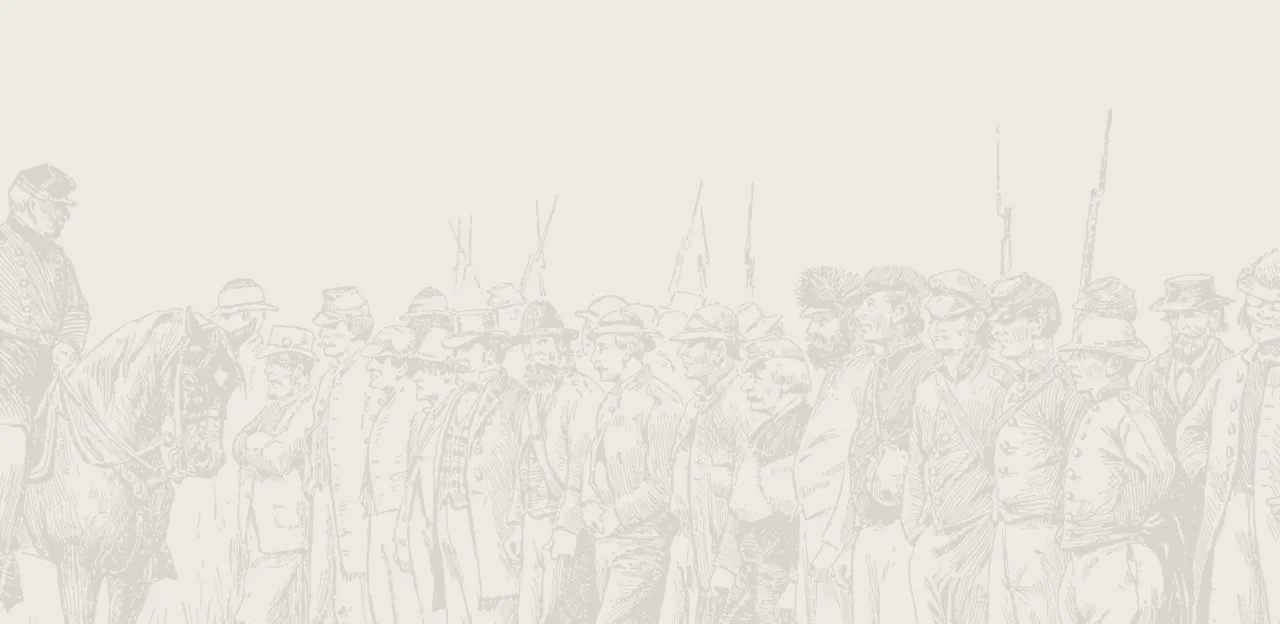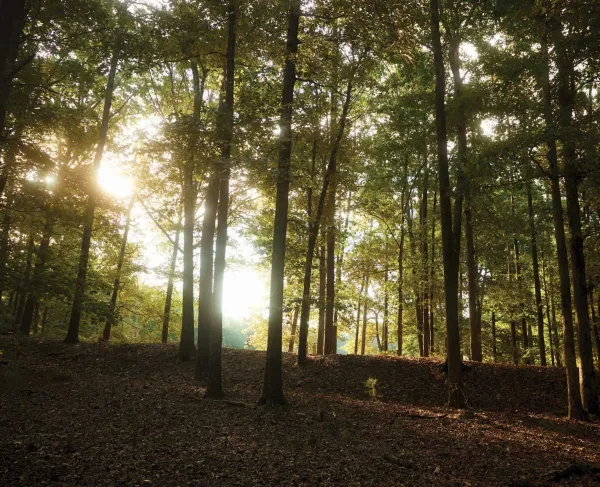McDowell

Battle of McDowell
In late March and April of 1862, after his withdrawal from the Kernstown battlefield outside Winchester, Maj. Gen. Thomas J. “Stonewall” Jackson moved south up the Shenandoah Valley as the Union forces facing him under Maj. Gen. Nathaniel Banks was reinforced. Although reluctantly ceding the lower Valley to Banks, Jackson knew the importance of holding Staunton in the upper Valley, his supply base, and an important transportation center, where the Virginia Central Railroad linked the region with Richmond.
Also recognizing the strategic value of Staunton were Confederate President Jefferson Davis and his military advisor Gen. Robert E. Lee, who reinforced Jackson. In the last week of April, Jackson’s command grew with the addition of around 3,600 men from Brig. Gen. Edward “Allegheny” Johnson’s Army of the Northwest that had been containing a larger Union army under Maj. Gen. John C. Fremont in the Allegheny Mountains, west of the Valley. Jackson also received the support of the 8,000-man division of Maj. Gen. Richard S. Ewell from the east, who was placed to cover the critical Swift Run Gap in the Blue Ridge where the Valley opened into central Virginia.
The additions of Johnson and Ewell enabled Jackson, now with around 19,000 men, to go on the offensive. Threatening Jackson from Harrisonburg to the north was Banks’ army of around the same number. Facing him from the Alleghenies to the west were two Union brigades under Brig. Gens. Robert H. Milroy and Robert C. Schenck, the vanguard of Fremont’s army that had advanced as far as McDowell. McDowell and Harrisonburg were about equal distance from Staunton. Jackson chose to advance against the smaller Union force at McDowell to prevent Fremont from joining Banks. On April 30, keeping Ewell at Swift Run Gap, Jackson first marched east to confuse Banks then turned west along the Parkersburg Turnpike to confront around 6,000 Yankees under Milroy and Schenk camped along the Bull Pasture River.
On the afternoon of May 8, just east of McDowell, Milroy seized the initiative and assaulted the front of the Confederate column that had moved up to the open area atop Sitlington’s Hill, 700 feet above the town. Schenck's brigade reinforced Milroy that afternoon. Two of Jackson’s brigades and two of Johnson’s held their own in heavy fighting, beating back attacks from mostly Ohio regiments. The 12th Georgia Infantry, “Allegheny” Johnson’s former regiment, lost eight officers killed and 182 total casualties, the highest of any Confederate unit. The Union 3rd Virginia (later West Virginia) and the Confederate 31st Virginia Infantry regiments both faced each other atop the hill; both had recruited volunteers from the Clarksburg area and many of the soldiers recognized their opponents. Although on the defensive, Jackson suffered nearly twice as many casualties as Milroy and Schenk, as the Confederates defended high open ground illuminated by the setting sun, while many of the Union attackers fired uphill from the shadows and ravines. Low on ammunition, however, the Federals were repulsed after four hours of heavy fighting.
That evening, Milroy and Schenck began their withdrawal back into western Virginia. The next morning Jackson telegraphed Richmond: “God blessed our arms with victory at McDowell yesterday.” Jackson had saved his base at Staunton and, with Fremont no longer a threat, was free to march his army against Banks, whom he defeated at Front Royal on May 23 and again at First Winchester on May 25.





